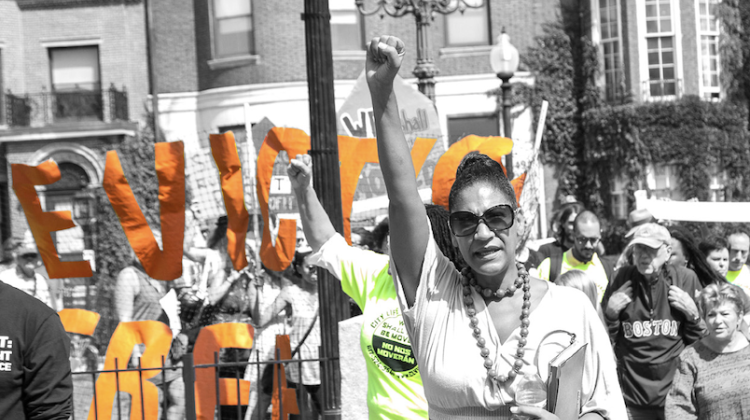The Social and Legal Dimensions of Evictions
Image

The goal of this project is to better understand the dynamics of eviction in order to more effectively design policy solutions and more appropriately target legal representation. Specifically we seek to identify the prevalence of displacement caused by eviction filings, by reviewing case files to identify cases in which tenants sign agreements to move out of their home, and; map who is most vulnerable to eviction, by reviewing case files to identify characteristics of the eviction filing, the legal procedure the case followed, of the property, and of the property owner to better understand who is able to remain in their unit after an eviction is filed and who ends up being formally evicted or agreeing to move out.


